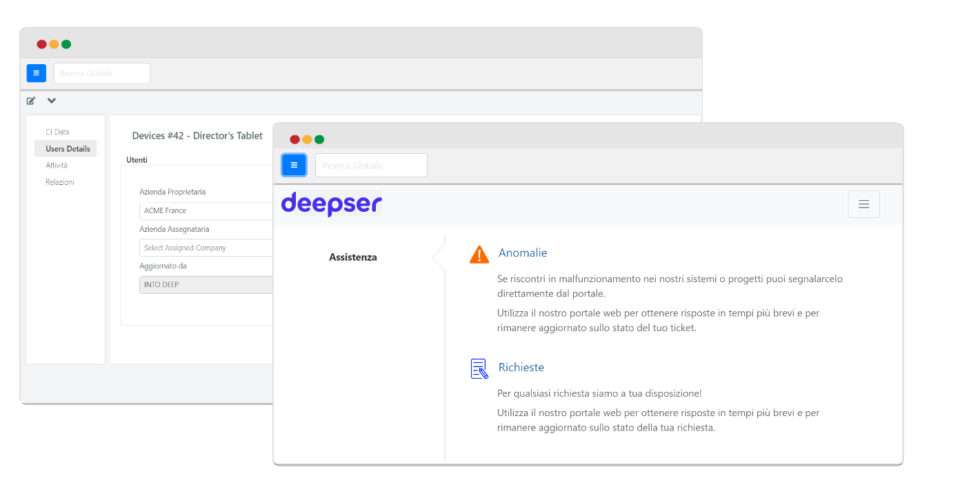Tips for implementing the Service Catalog
The service catalog is the core of the provision of IT services. Let’s see some tips to implement it.
WHY DO I NEED A SERVICE CATALOG?
Historically, the IT Service has been viewed as a “necessary cost” in several companies.
Thanks to the digital revolution of recent years, however, the IT department has been able to redeem itself.
Managing services that are increasingly essential for the daily operation of the company (website, e-commerce, user workstations, etc.), it has clearly highlighted its value for the business.
If we structure our IT and display a service catalog, we can fully demonstrate the value of the service offered:
The Service Catalog should be thought of as a complete and interactive list of services offered. It should be shared with users and management!
When writing it, always make sure to consider:
Only in this way you can provide a complete and appreciated service at 360 °.
Also, always share your Service Catalog to make it stand out.
Make periodic reviews to update it.
Keep it up-to-date and oriented to the actual needs of users to increase its usefulness and visibility.

THE CUSTOMER PERSPECTIVE
Think of your users as the customers of your service:
THE MANAGEMENT PERSPECTIVE
As previously stated, the management is your sponsor.
It is necessary to make the value of your IT services perceived as a valuable service for the business:
THE TECHNICIANS PERSPECTIVE
The service catalog must be designed considering, first of all, the final customer and the management.
This implies that we have all information and procedures organized to satisfy the customer in the best possible way and in the shortest time. Furthermore, only a strong commitment by your team allows you to respect the rules established by the Service Catalog:
Share this information with your technical team to avoid having to restore blocking situations in production environments.
WHERE DO I START?
To begin the drafting of a Service Catalog you do not need interminable meetings and days of analysis.
Start slowly, tracing the fundamental processes and determining which services are the output.
Finally, remember: drawing up the Service Catalog is a communication exercise. Always keep this in mind.
Follow these steps to facilitate the preparation of the Service Catalog:
| Category | Service |
| Software | Software license management, software installation, productivity tools, etc |
| Network | Wi-Fi access, VPN, Ethernet cables, etc. |
| Stampa | Printer Provisioning, Printers Maintenance, Toner, etc. |
| Servizi Professionali | ERP integration development, Excel Macro changes, etc. |